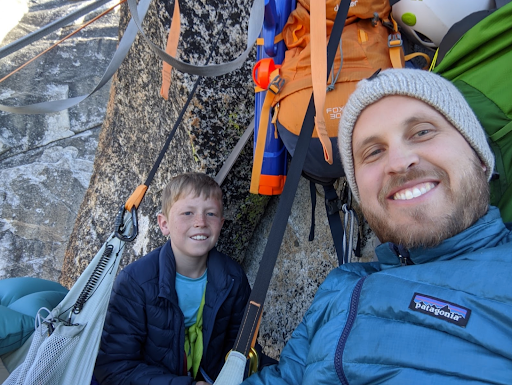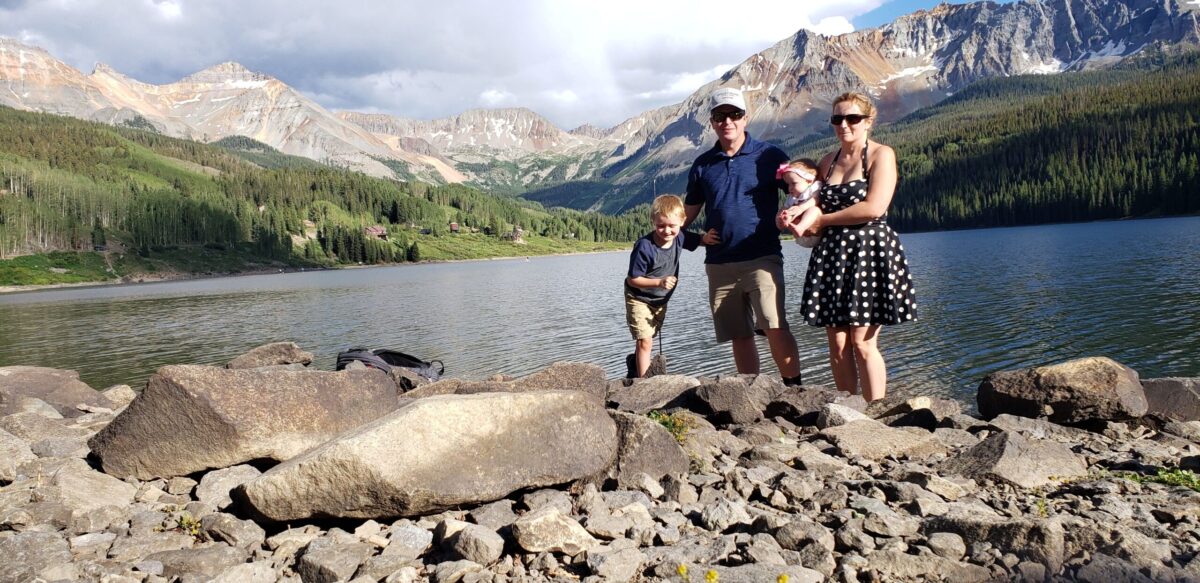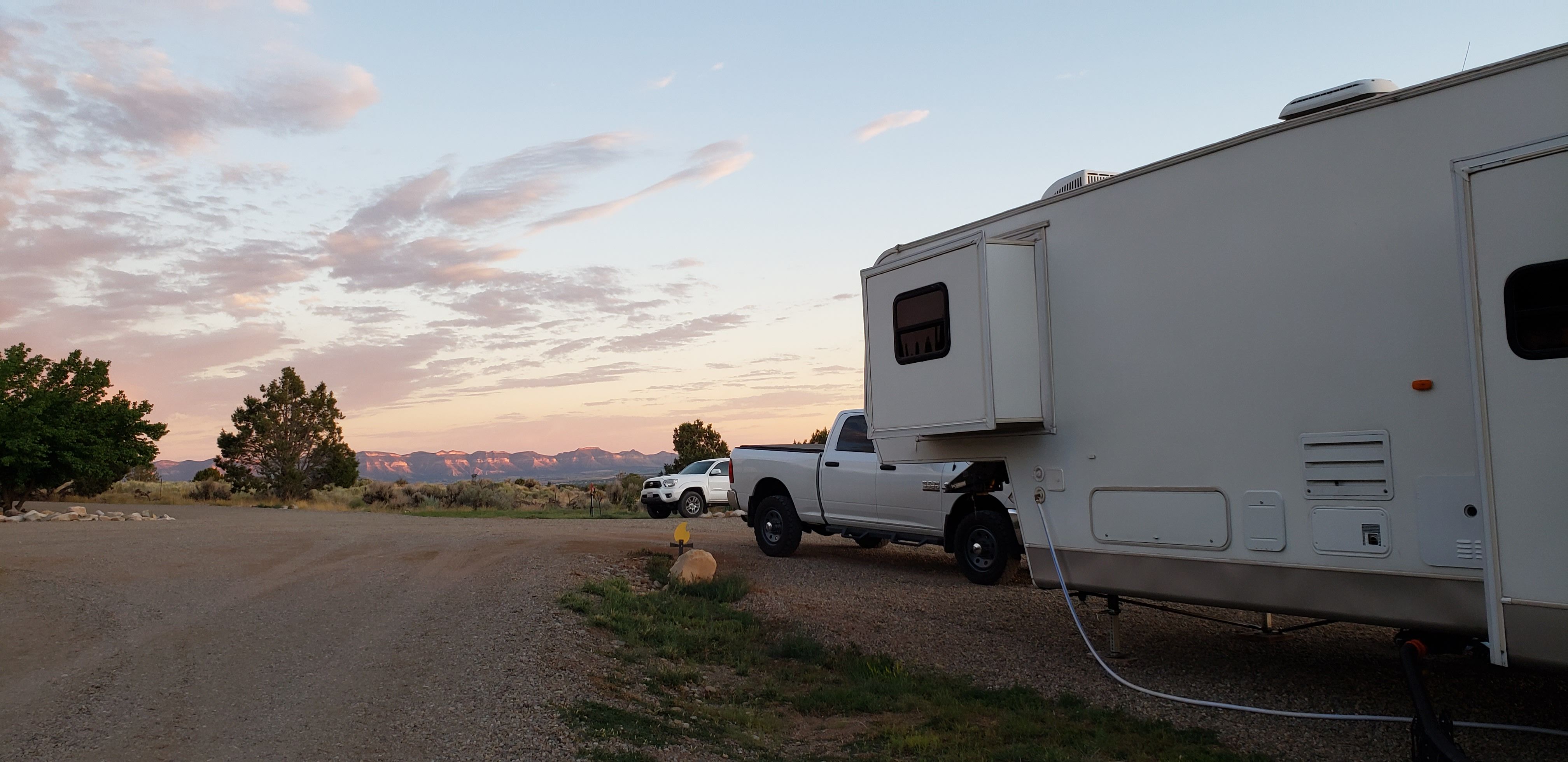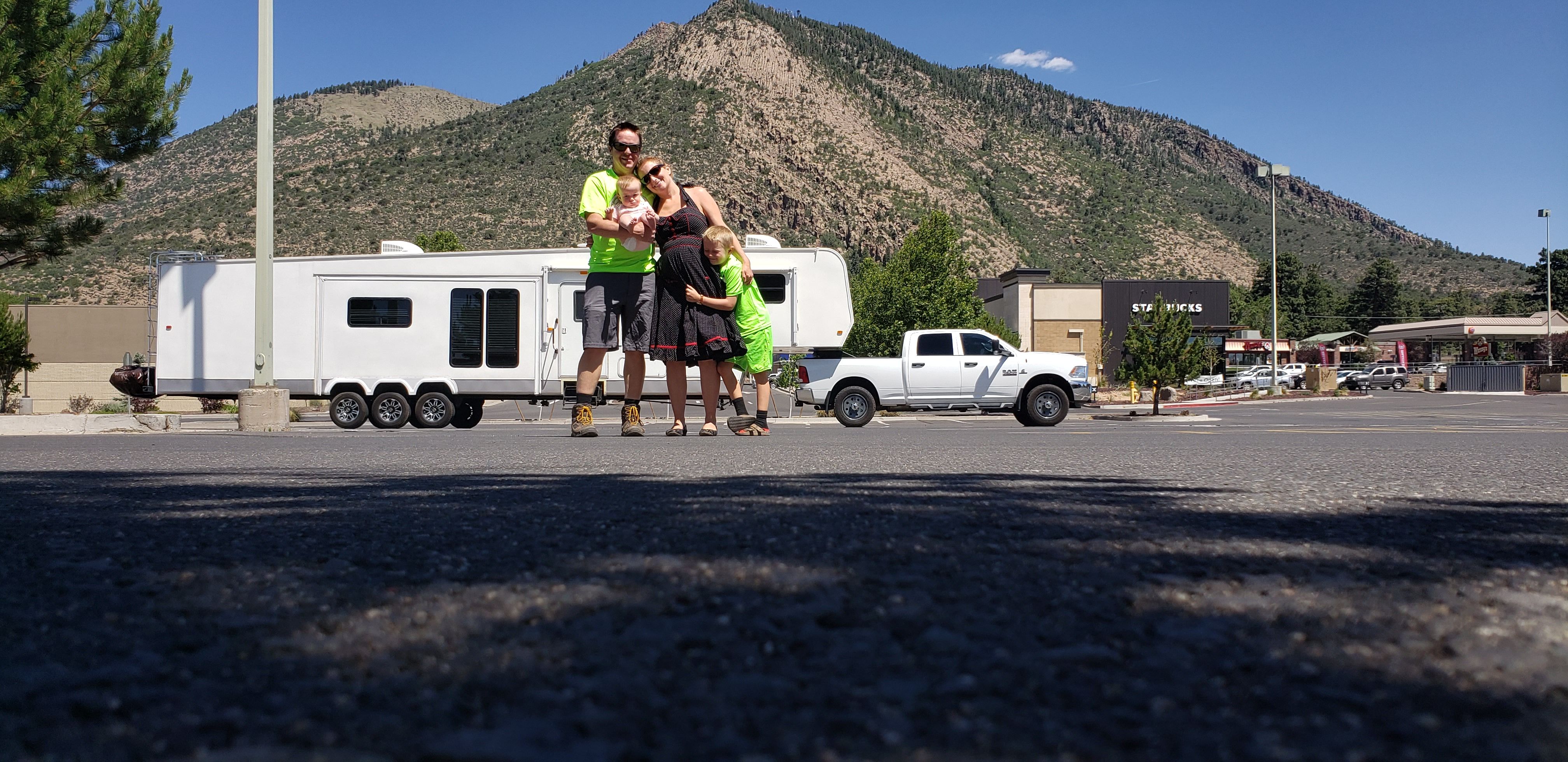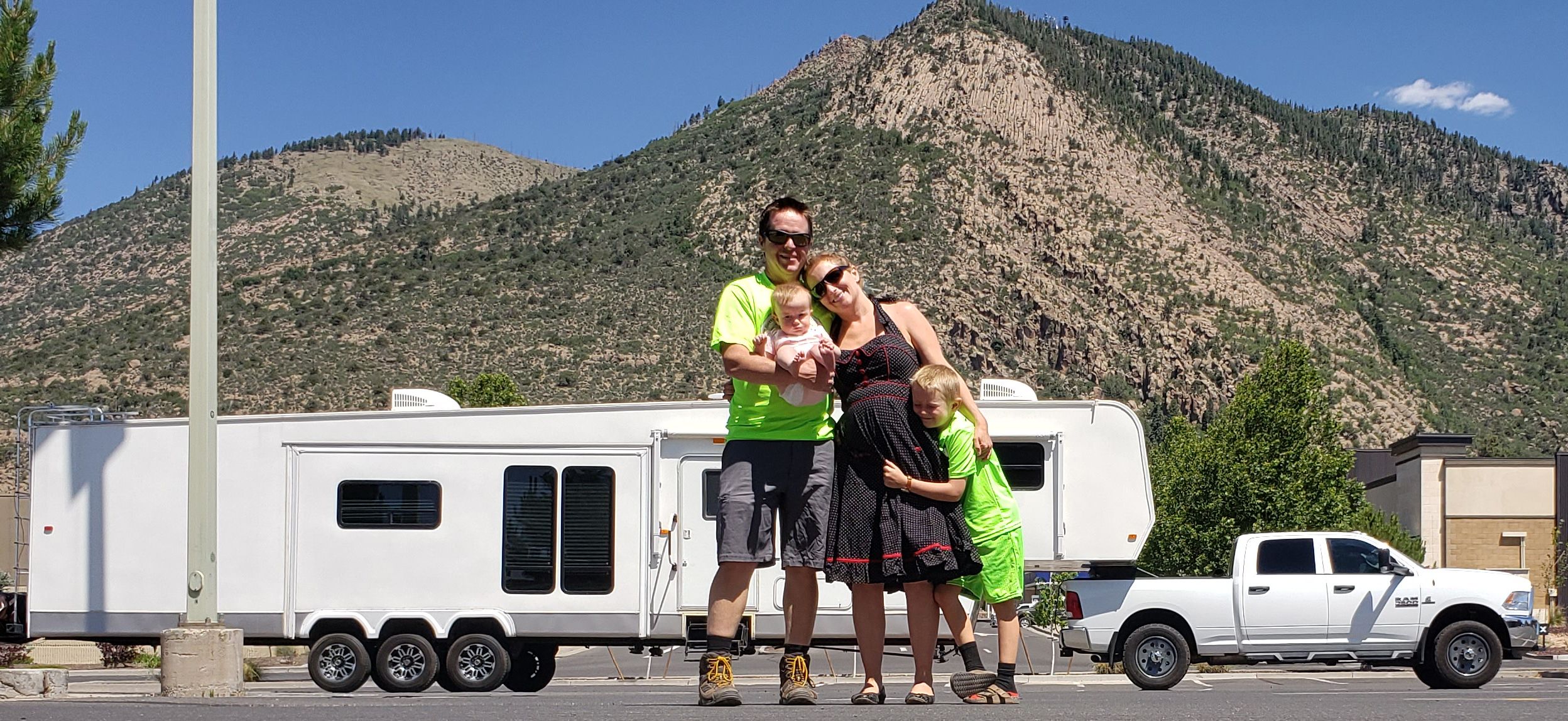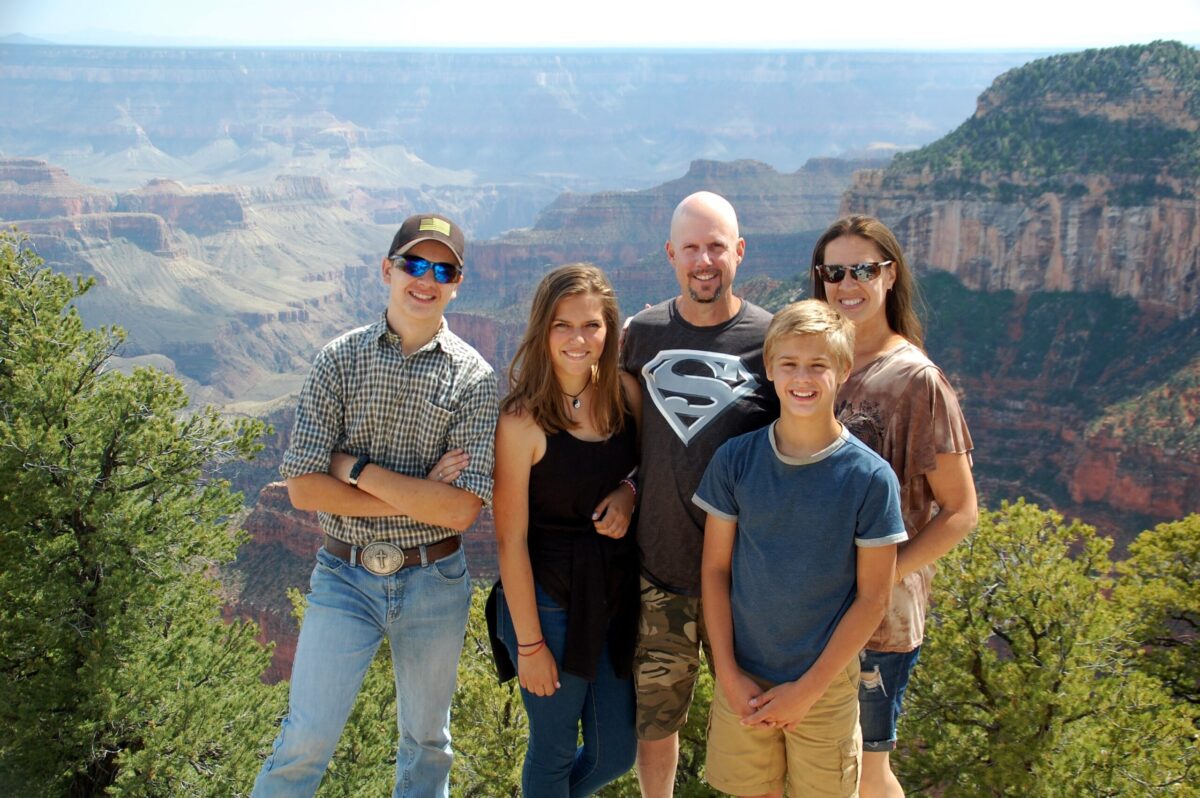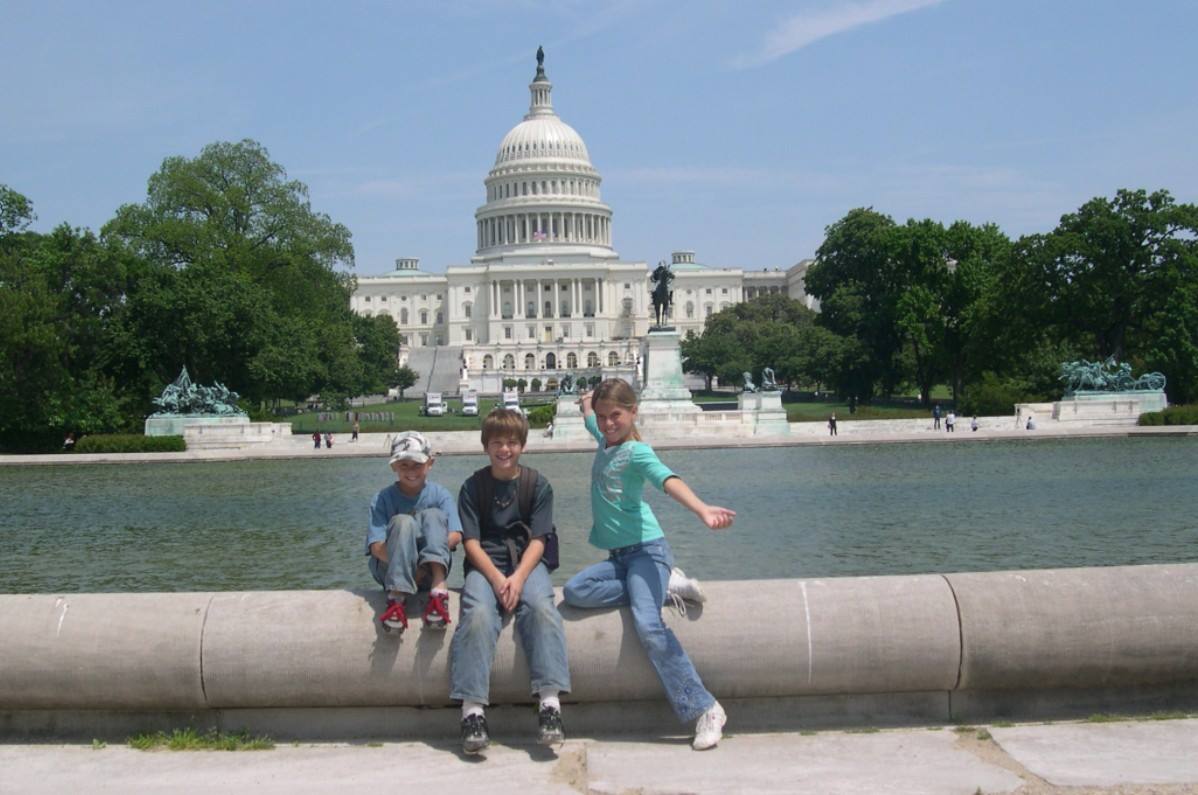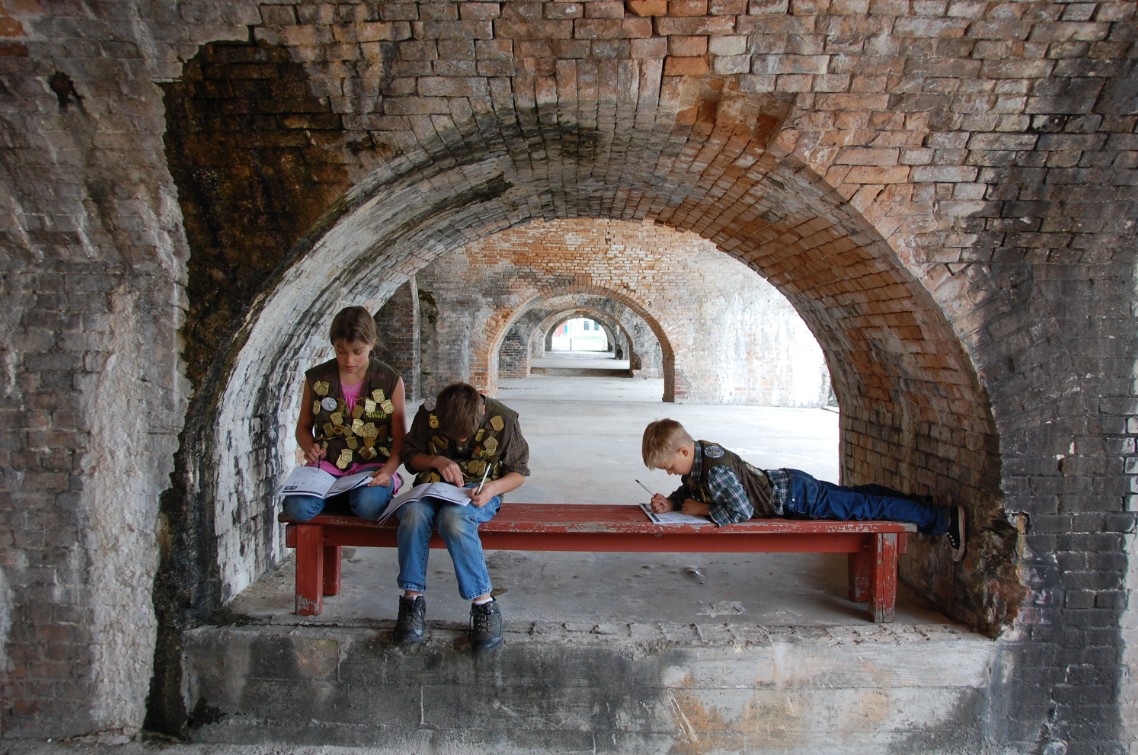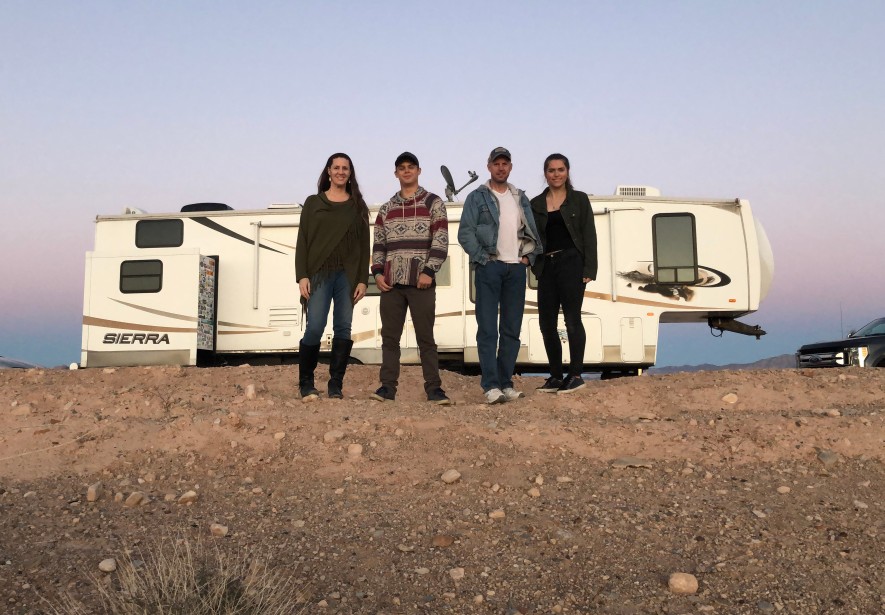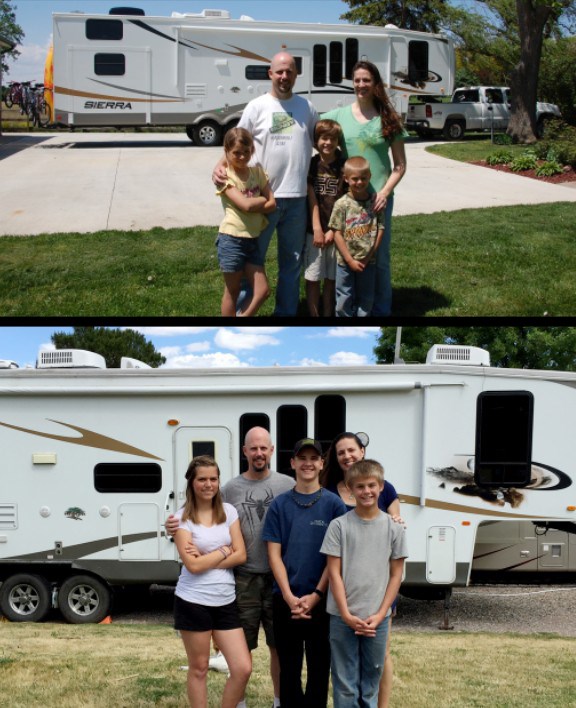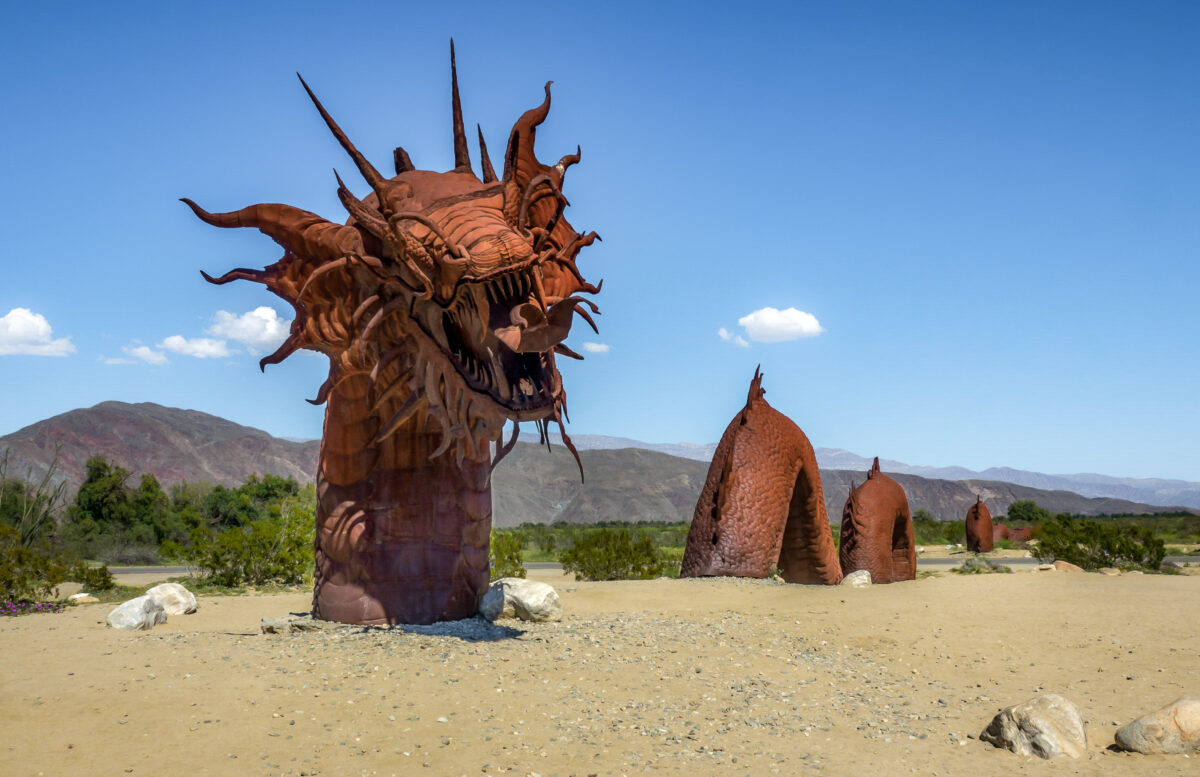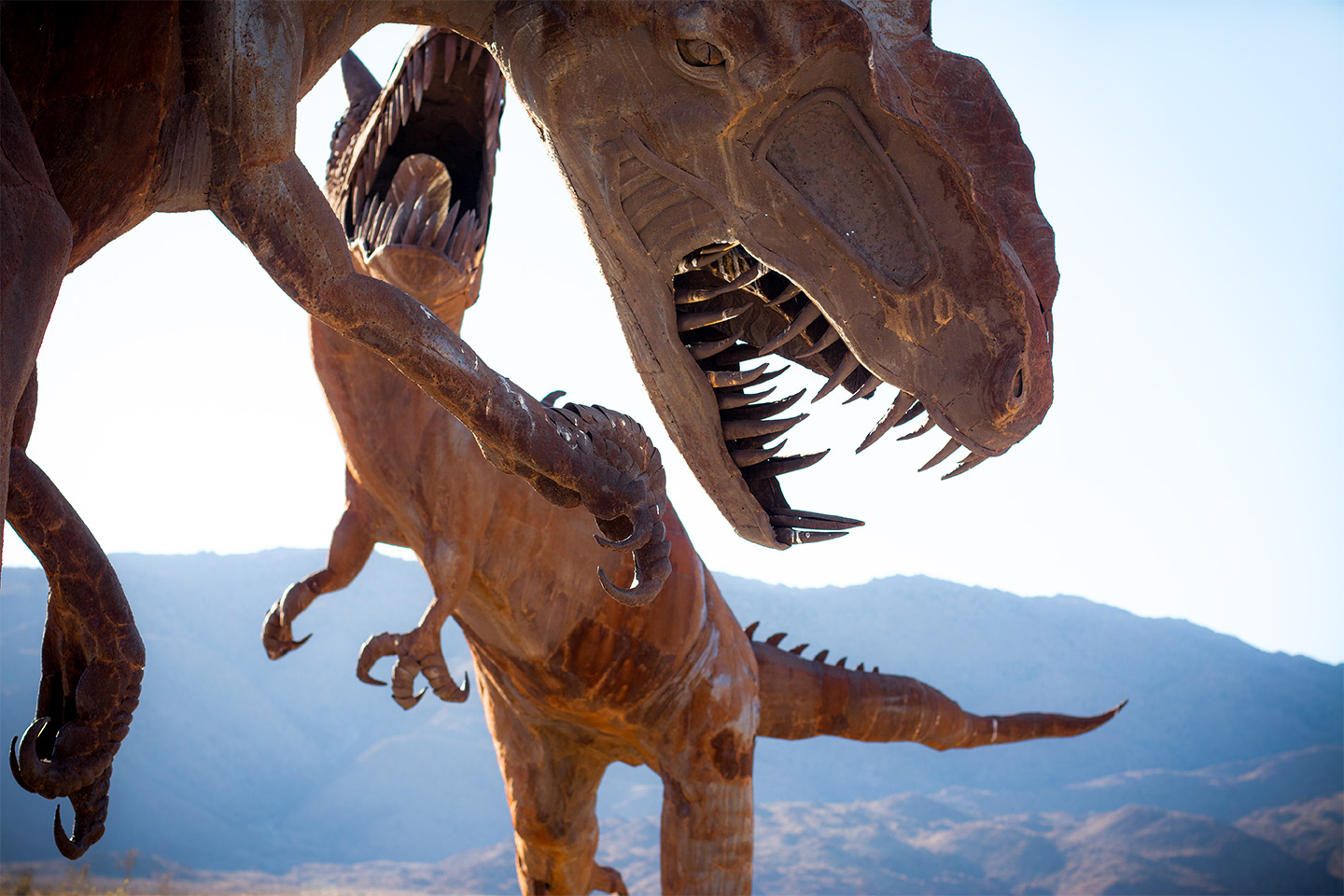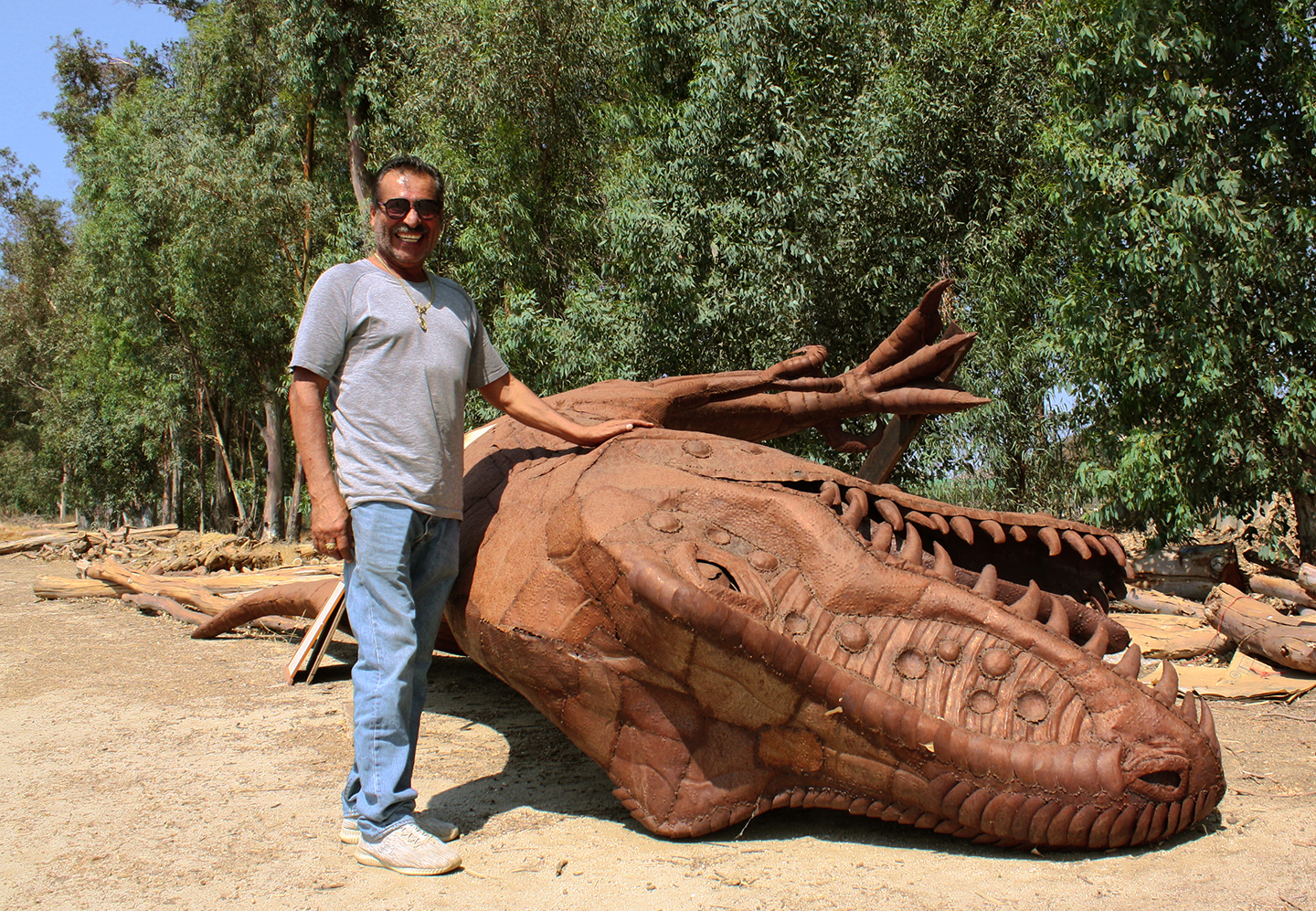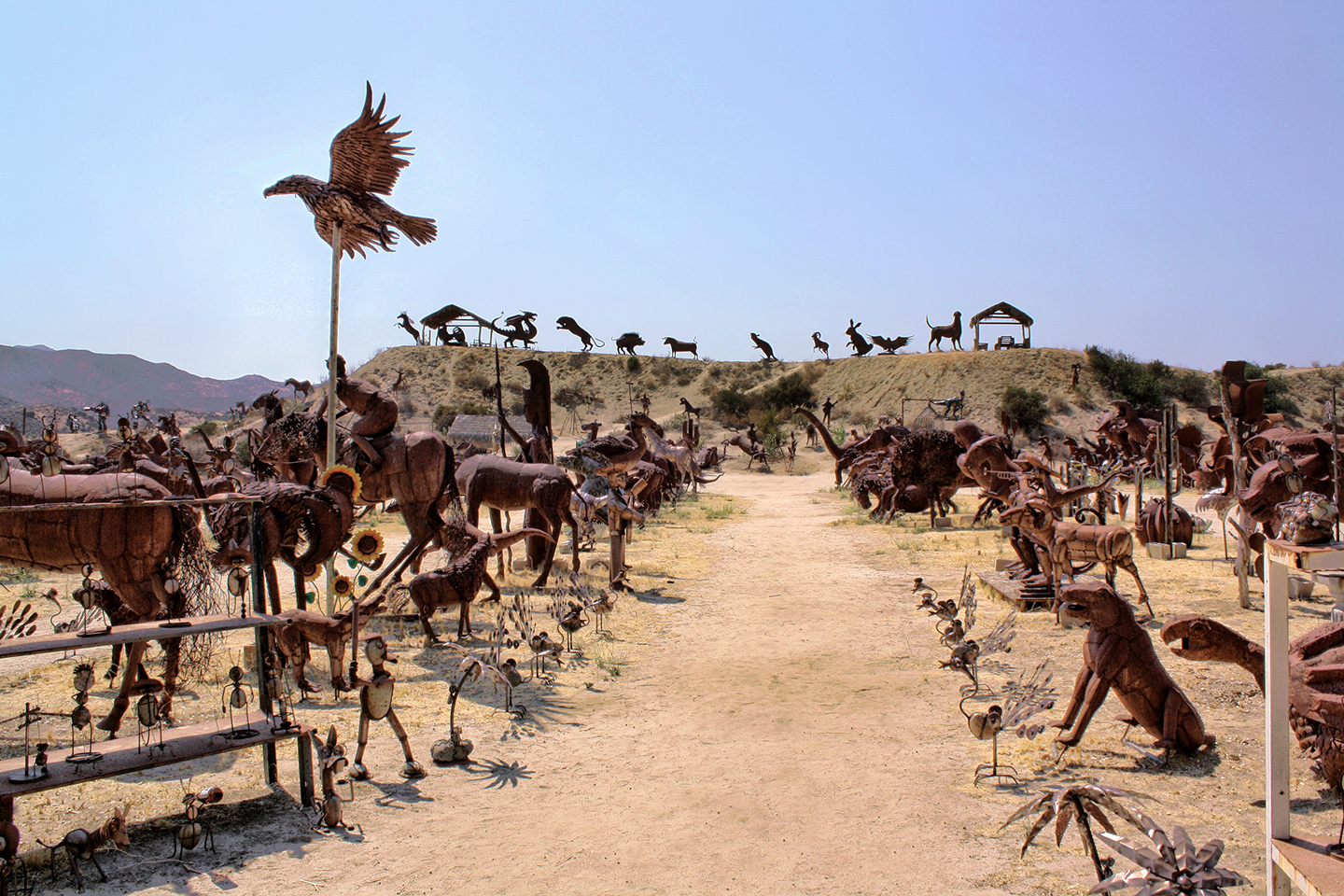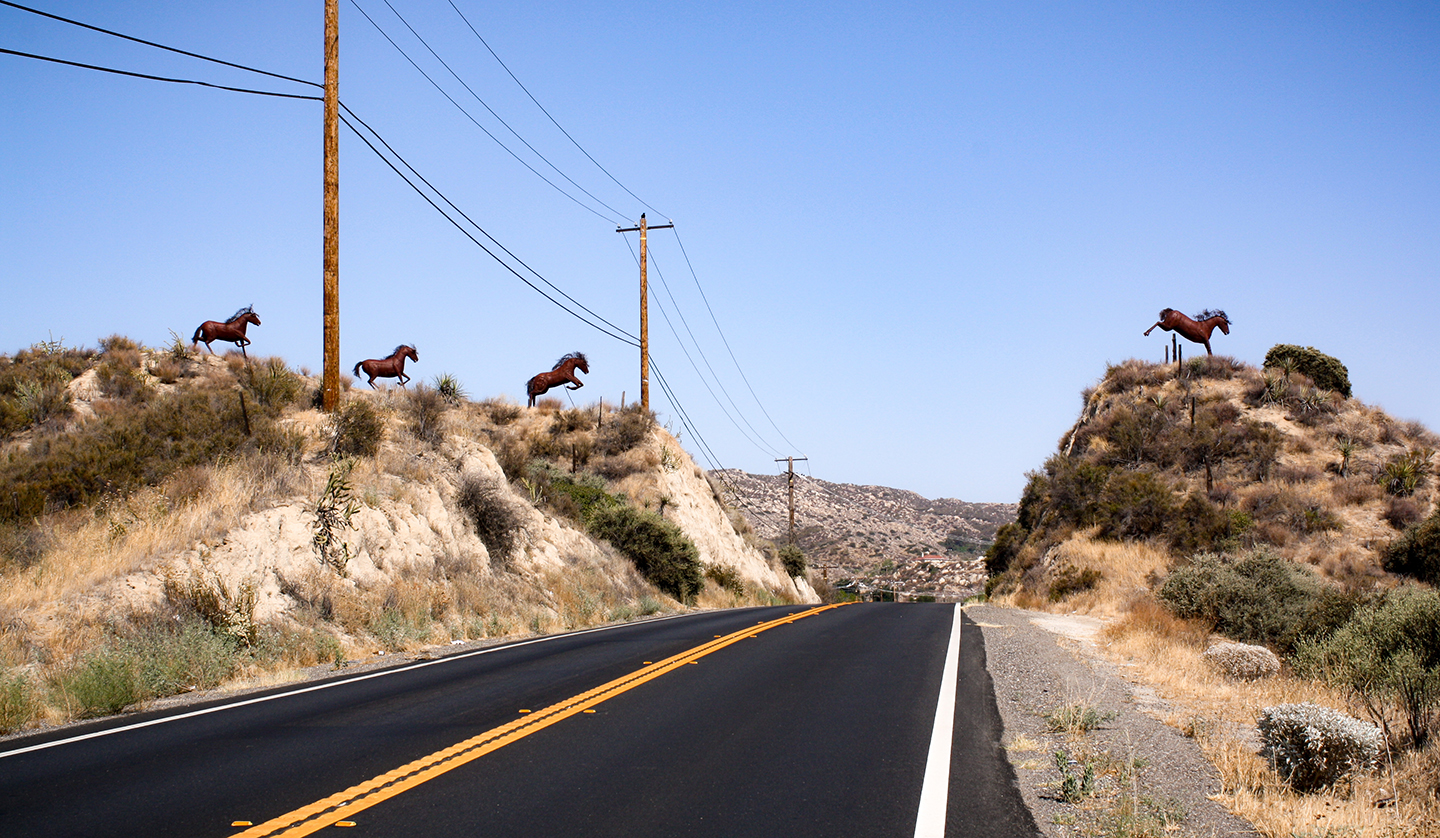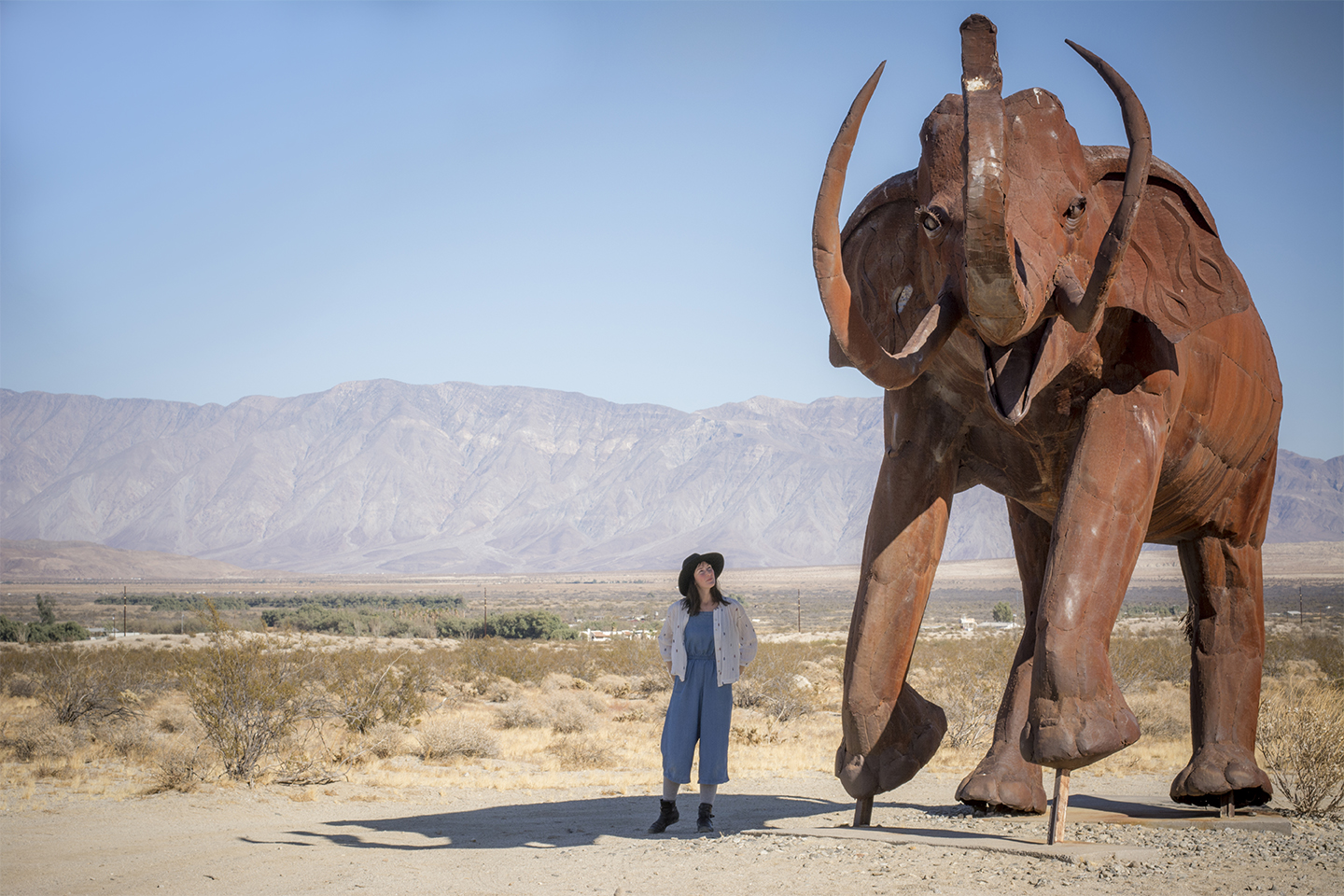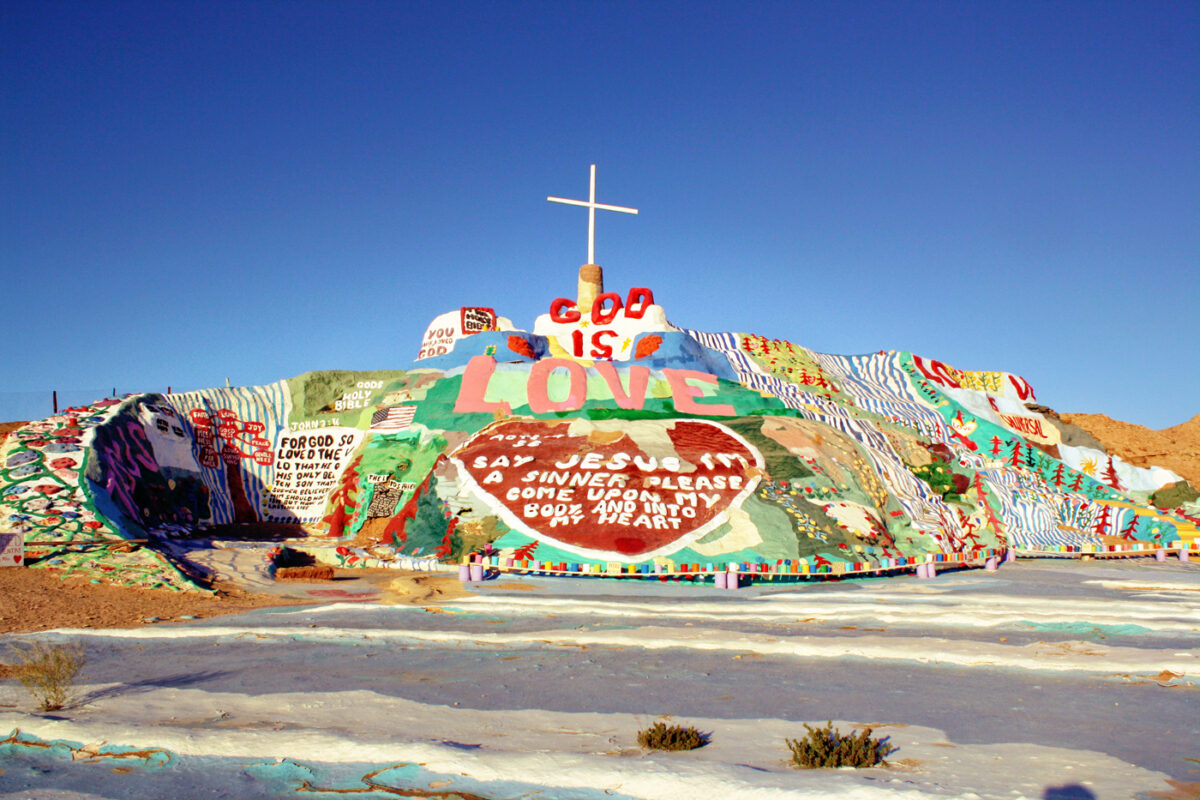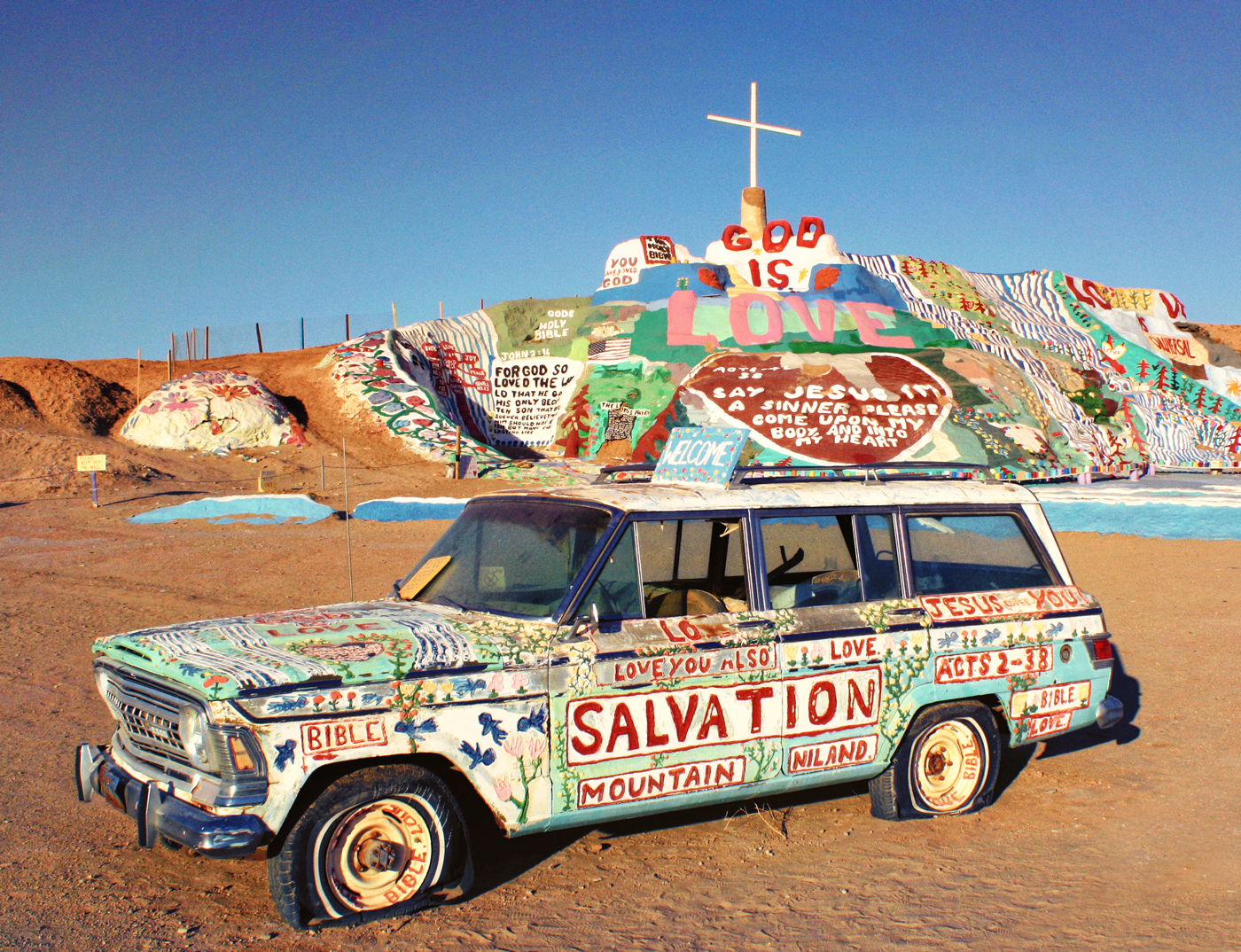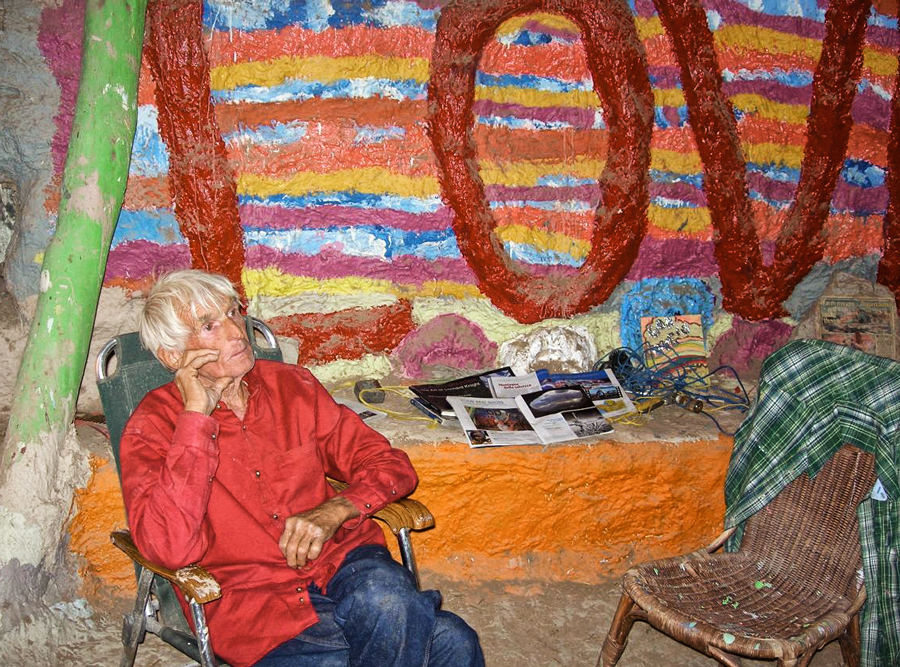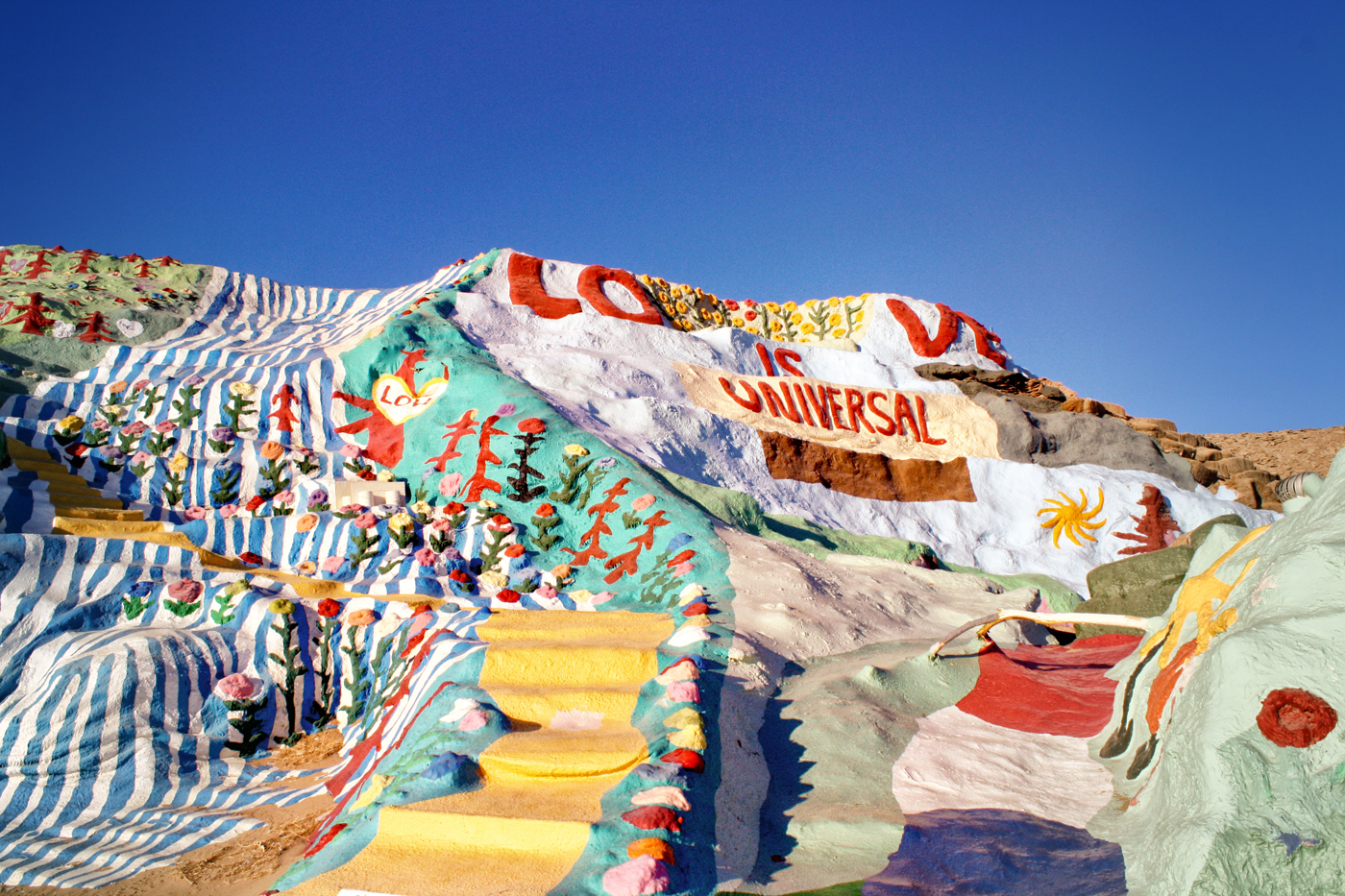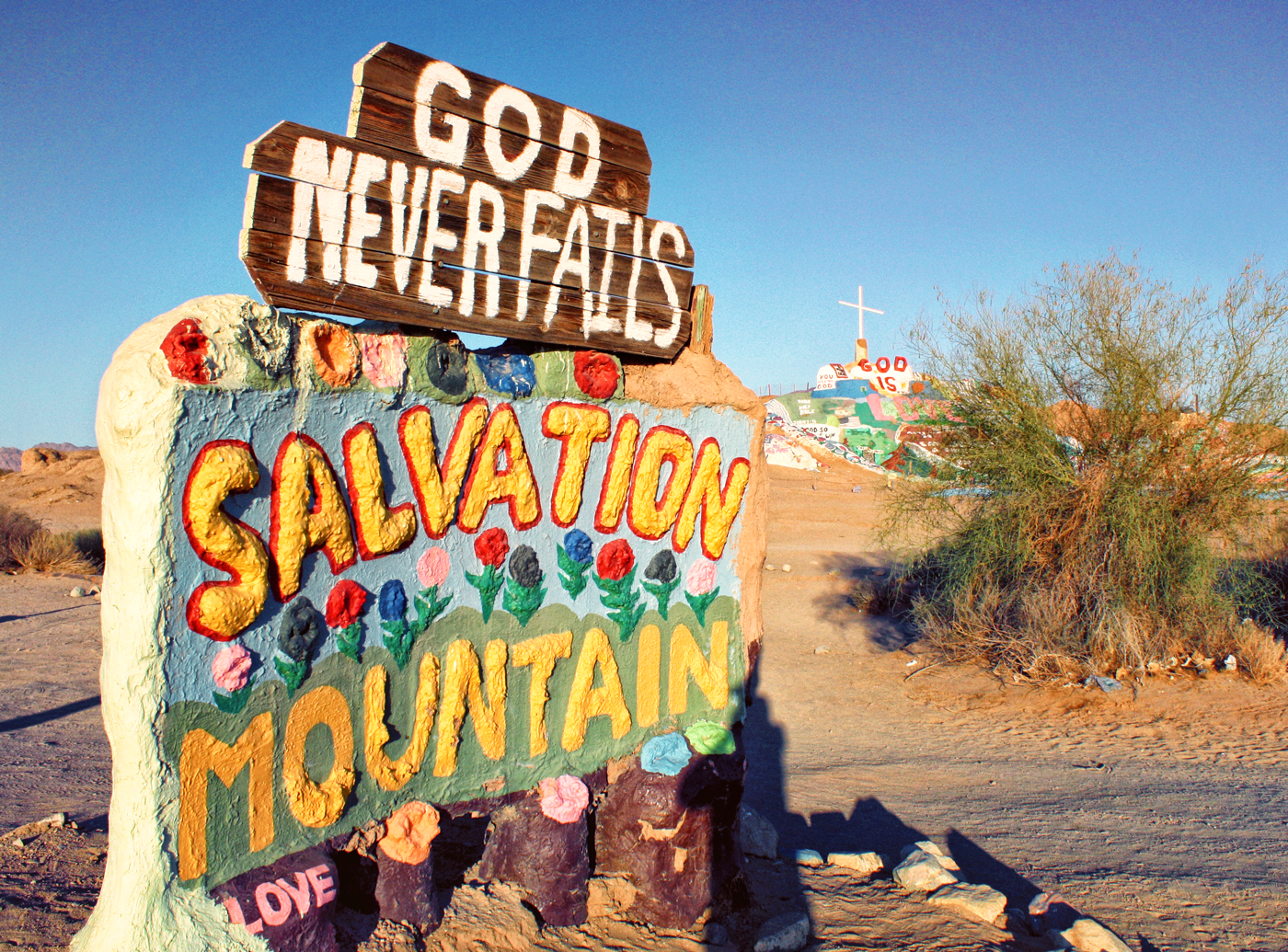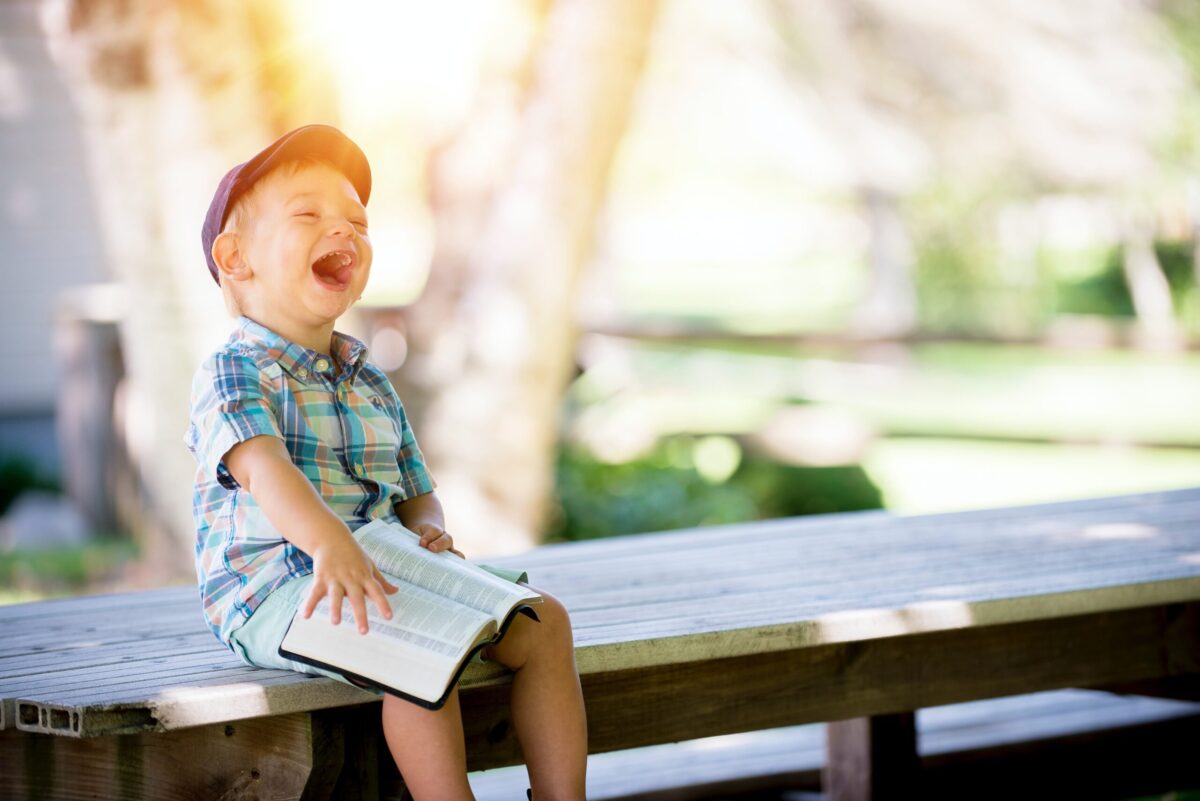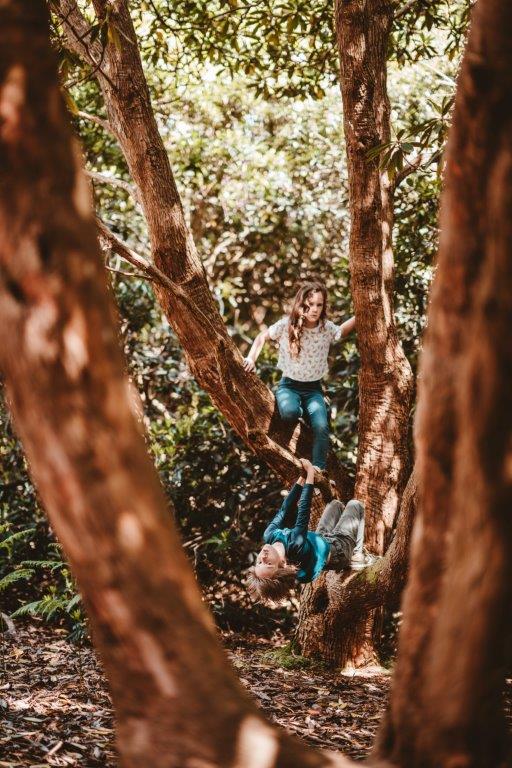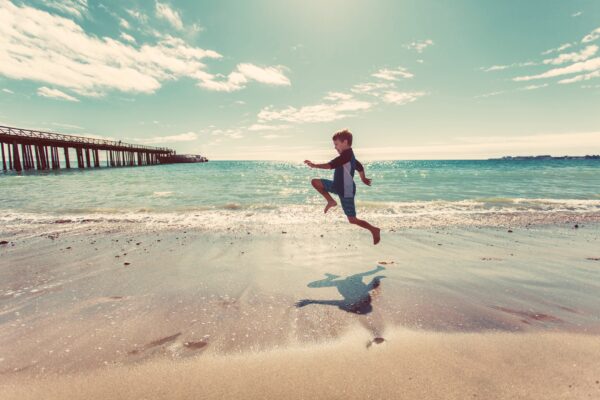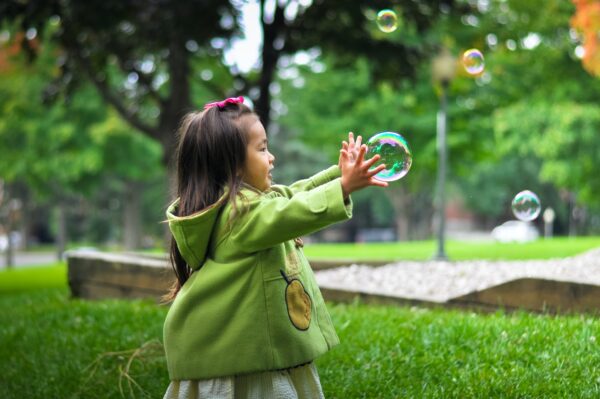Last year, my son Kyle and I were invited to join a climbing expedition with my good friend and client, Joe, and his son, Sam. Joe has been training Sam in hopes that he’ll become the youngest person to ever climb the famed El Capitan, a 3,000-foot vertical wall in Yosemite Valley that most consider the mecca of the climbing world.
To break the record, they have to make the climb before Sam turns 11—he’s currently 7—and Joe prepares a big training expedition each year to ensure their preparation. Last year’s destination was Lost Arrow Spire, a solid granite spire that juts out from the side of a cliff next to the famed Yosemite Falls—one of the tallest waterfalls in North America. Lost Arrow Spire stands approximately 2,700 feet above the valley floor. To be clear, my son and I both are merely casual rock climbers. I agreed to go because I’m a sucker for adventure and new experiences. Kyle was 10 at the time, and hesitant to say yes—that is, until his younger sister offered to go in his place. Then he had no choice but to commit.
The Plan
Fortunately for us novices, this trip would be “light” on climbing, since we wouldn’t be climbing from the bottom up. Instead, we would start at the top and descend into The Notch, where the spire meets the main cliff. Then, we would climb the spire, camp on its face, and finally, return to the starting point via a Tyrolean traverse—think uphill zipline.
That didn’t mean it would be easy. In order to prepare, we put together a training schedule including practice climbs in a local canyon and exercises to freshen our rappelling skills, which we’d developed in the past during our family canyoneering trips. Kyle and I also spent time practicing rope climbing on the front porch of our home.
Father-Son Time
Even though we hadn’t started our adventure yet, we were already getting to spend some great one-on-one time together. I didn’t give it much thought at first, but the preparation for the trip was creating unique opportunities to bond and deepen our trust in each other. The day of the adventure was filled with all the excitement and butterflies in the stomach that you would expect. Thankfully, the whole mission would be led by elite climbers who could take care of all the ropes and rigging. Joe, Sam, Kyle, and I would be free to focus on the experience—and it was quite an experience!
The rappel down to the spot where we would begin our climb was both nerve-wracking and exhilarating, but it was nothing compared to the moment of truth—climbing the spire. This was the part of our adventure where the magnitude of what we were attempting finally hit us, and where my parenting skills would be put to the test. As we prepared for the ascent, Kyle froze, thinking he wouldn’t be able to continue. And I couldn’t blame him—I, too, was way outside of my comfort zone.
As parents, my wife and I always wrestle with finding the proper balance when it comes to pushing our children to do more; overall, we want to challenge them to grow while also letting them make decisions for themselves. But at that moment, on the face of a rock wall towering above Yosemite Valley, there was only one option, and that was to climb. It was tough love on my part, but Kyle fought back tears as he rose to the challenge, and we began the climb, making it to the top of the spire without incident.
Bittersweet Success
While that would have been adventure enough for Kyle and me, it turned out that climbing was much easier than sleeping. In order to allow enough time for the climb, we had to spend the night on the cliff face, camping on a little platform our guides had set up—it was the coldest, most sleepless night of my life.
I learned something about myself that night, as I lay there shivering, trying to keep Kyle warm and calm: My Boy Scout, be-prepared brain was in high gear trying to think through all of the if-then scenarios. I was thinking about the various things that could go wrong, and how I would respond in each scenario. It turns out that I do this a lot—constantly thinking about plans B, C, and D—this has been one of my strengths in both business and life.
I adapt very quickly, probably because I have already prepared in my mind. But on the cliffside that night, every single one of the if-then scenarios cycling through my brain came to the same conclusion: If something goes wrong tonight, all we could do was dangle there and survive until morning, when the crew could come to rescue us. The lack of options made me feel incredibly claustrophobic. I know that sounds weird, given the vastness of the expanse we were suspended in, but I felt very, very enclosed—and my fatherly instincts hated that feeling. I despised the idea of not having plans B and C for taking care of Kyle.
Life in the Moment
But there was something else I realized that night: I was fully present with my son. As a business owner and entrepreneur, there’s always a phone call, text, or email that wants to pull me away from the important moments with those who mean the most to me. That night, the same isolation that precipitated my anxiety about caring for Kyle, also meant that I had no distractions, nothing to pull me out of the adventure the two of us were sharing.
The whole climb, from start to finish, forced me to be fully present—it was Kyle, me, and a cliff face that tested both of us. We completed the climb the next day with an immense feeling of relief, but also a feeling of pride—very few people in the world had done what we had just done. The entire experience was every bit as scary as you might imagine, and neither Kyle nor I could eat until the adventure was over, because our nerves had our stomachs wound tightly in knots.
It was really, really hard. And it was really, really amazing. Kyle learned that he’s capable of much more than he thinks, and I’m forever grateful for that night we spent dangling from the famous Lost Arrow Spire. I’ve since retired from sleeping on cliffsides, but not from taking adventures with my children—adventures that challenge us, grow our bond, and give us memories that will never fade.
Benton Crane is the CEO of Harmon Brothers, the ad agency behind the most viral ads in internet history. Benton and his wife Brittany live in Utah, and love to explore the outdoors with their four children.

